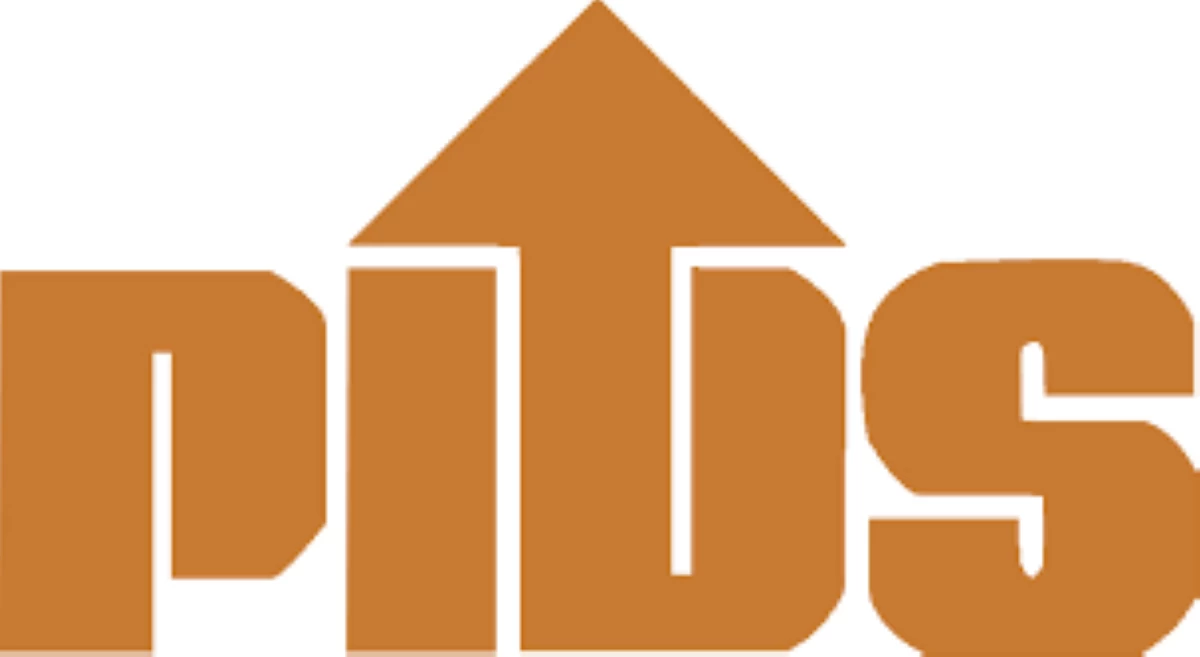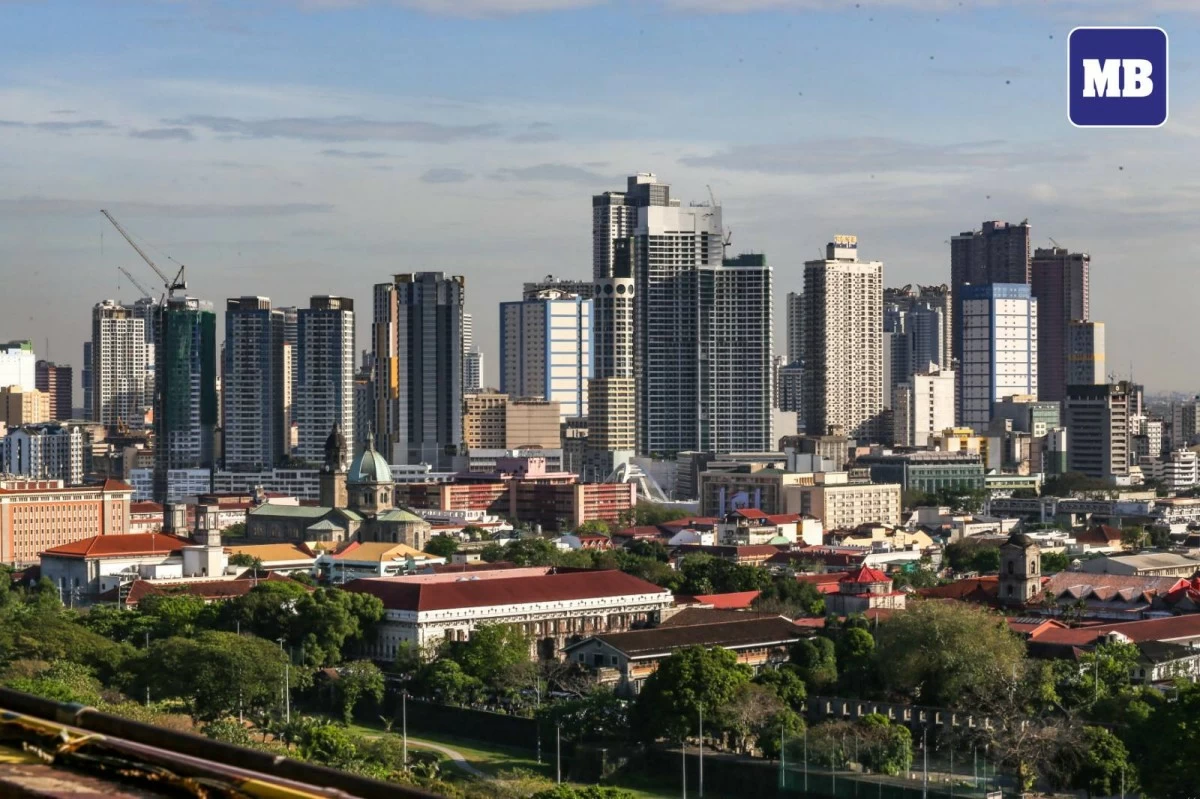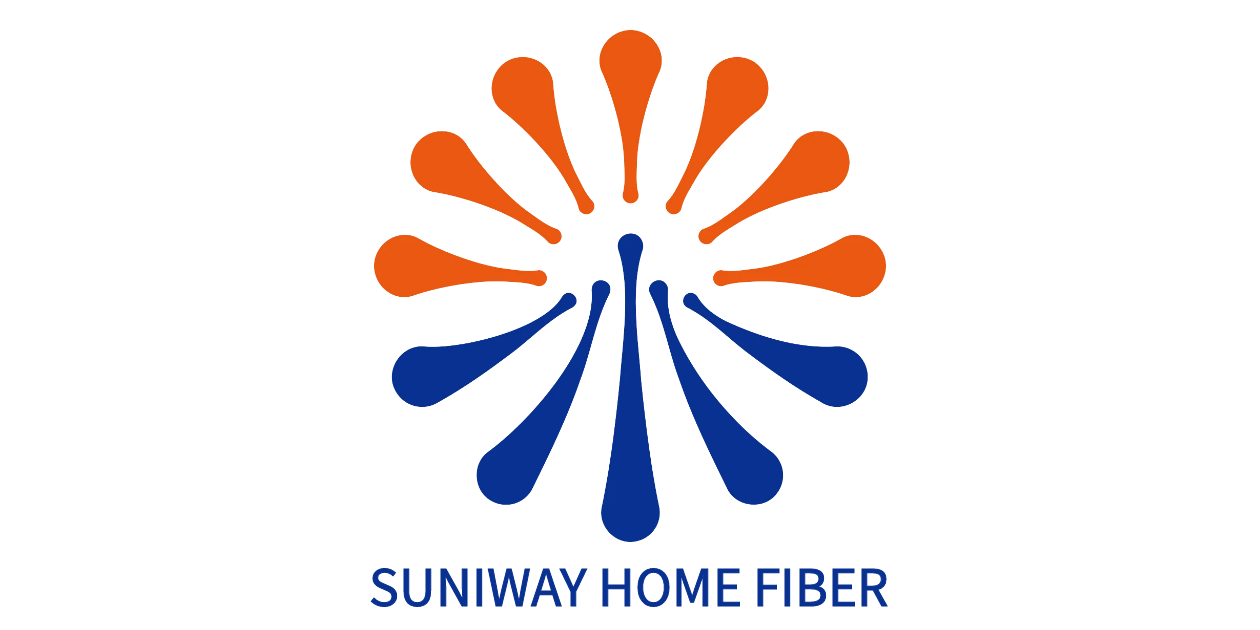
Upgrade to High-Speed Internet for only ₱1499/month!
Enjoy up to 100 Mbps fiber broadband, perfect for browsing, streaming, and gaming.
Visit Suniway.ph to learn
Travelers can breathe a sigh of relief as local airlines will no longer pursue the collection of a terminal enhancement fee meant to raise fares, even as they scramble to shoulder the soaring costs of operating at Ninoy Aquino International Airport (NAIA).
Civil Aeronautics Board (CAB) Executive Director Carmelo Arcilla said domestic carriers Philippine Airlines (PAL), Cebu Pacific, and AirAsia Philippines have unceremoniously dropped their bid to seek terminal enhancement fees.
Last year, the three airlines sought CAB’s approval to collect additional fees to address higher costs at the country’s primary gateway.
The airlines proposed a terminal enhancement fee of about ₱150 for domestic flights and ₱300 for international flights.
The fee was expected to be listed as a separate charge on top of the base fare, similar to the current setup with fuel surcharge and 12-percent value-added tax (VAT).
Airlines have been paying higher landing and takeoff fees at NAIA since it was handed over to the private sector.
New NAIA Infra Corp. (NNIC), a consortium led by San Miguel Corp. (SMC), has been imposing higher fees as part of its efforts to upgrade and modernize the airport. NNIC took over the operations and maintenance (O&M) of NAIA in September 2024.
Arcilla said the three airlines did not inform CAB of the reason for withdrawing their initial proposal to collect a terminal enhancement fee. As such, the agency has now classified their proposal as “archived.”
“They’re not intending to push it,” Arcilla said in a chance interview last week. “I'm not sure why, maybe because there are many options.”
Even without CAB approval, he said airlines can still explore other options to recover cost—one of which is to increase the base fare for flights. However, this could run contrary to efforts to attract more passengers, especially during the upcoming holiday season.
At present, local airlines are already collecting fuel surcharge, which is an additional fee that airlines pass on to passengers to offset costs incurred from the volatility of jet fuel prices.
CAB has retained the passenger fuel surcharge at Level 4 this month, as well as in November.
Under Level 4, passengers pay an additional ₱117 to ₱342 for domestic flights and between ₱385.70 and ₱2,867.82 for international flights.
Meanwhile, Arcilla said that international carriers have opted not to pursue their initial plan to also seek collection of a terminal enhancement fee, without any petition being filed before CAB.
In June, Arcilla said foreign-headquartered carriers were monitoring the outcome of the local airlines’ proposal, as they also planned to apply for the fee.
Despite no airline collecting terminal enhancement fees, passengers have been seeing higher fees at NAIA beginning last month, after the implementation of the government-approved increase in terminal fees.
In September, NNIC adjusted the passenger service charge (PSC) to ₱390 for local flights and ₱950 for international flights. Prior to this, the fees stood at ₱200 and ₱550, respectively.
NAIA’s operator said funds generated from PSC will go directly to ongoing improvement works to elevate airport operations and passenger service to world-class level.
Excluding PSC, NNIC is required to remit 82.16 percent of its revenues to the government under its 25-year concession agreement. Just over a year after assuming NAIA operations, NNIC has so far remitted ₱57 billion.

 5 hours ago
1
5 hours ago
1



